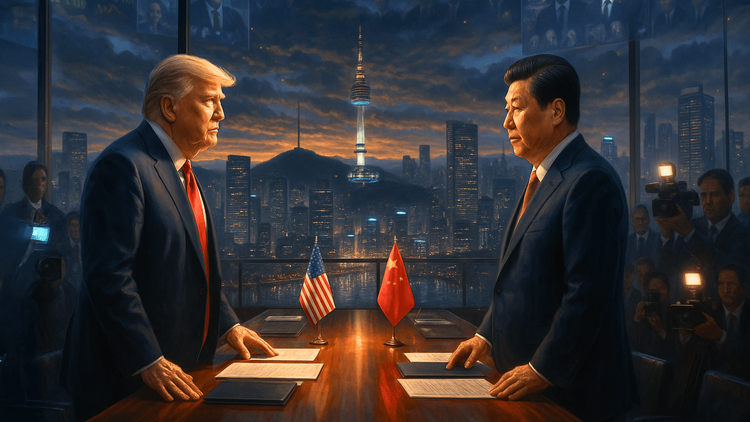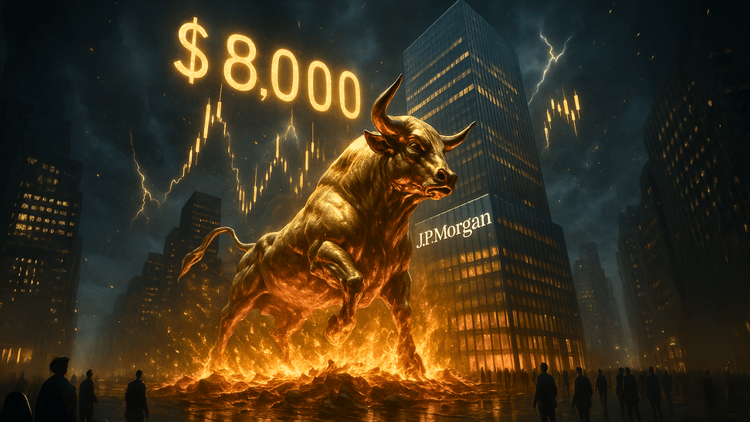Are We Seeing the Beginning of a Lithium Market Revival?
Lithium Market Rebounds with China’s Re-Entry, But Dramatic Price Surge Unlikely

Things are looking up for lithium prices as Chinese companies return to the market after a period of working through existing inventories, helping to end a months-long slide. Lithium is crucial for modern technology, powering everything from electric vehicles (EVs) to smartphones. With China re-entering the market, there is renewed optimism, but experts caution against expecting a repeat of the 2022 price rally.
Chinese Market Re-Entry
China plays a pivotal role in the global lithium market. Recently, Chinese companies have been working through their inventories, causing a significant decline in lithium prices. However, as these stockpiles deplete, Chinese buyers are returning, leading to a gradual price increase. Alice Fox, senior base metals strategist at Macquarie Group, noted, "Data point to some Chinese restocking within the downstream lithium supply chain. A strong restocking cycle could push prices higher, especially after recent mine supply cuts because of low lithium prices."
Gradual Price Increase
Unlike the record spike in 2022, where prices surged due to a bullish outlook on EV battery demand and geopolitical tensions, the current increase is expected to be more gradual. Market conditions now are different, with a more balanced outlook and controlled supply chain dynamics. Ricardo Ramos, CEO of Sociedad Química y Minera de Chile (SQM), stated, "Coming out of the first quarter, we have seen an increase in market activity with customers looking for more volume to buy, which signals the end of the destocking period and is also being reflected in the spot prices trending upwards in recent weeks."
Factors Affecting Lithium Demand
Electric vehicle adoption is a major driver of lithium demand. In China, EV sales jumped by 28% year-on-year in the first quarter, while the U.S. saw a modest 2% growth. Automakers are scrambling to secure lithium supplies to meet this rising demand. Matthew Warder, CEO of Seawolf Research, believes that "lithium prices have bottomed here." He adds, "With China having worked through its supply glut, lithium prices are expected to move up over the next six to 12 months."
Supply Chain Dynamics
The lithium market has been influenced by supply chain factors, including stockpiles in China and recent mine supply cuts due to low prices. These dynamics have created a volatile market environment, but the return of Chinese buyers is helping stabilize prices. Alex Wylie, CEO of Volt Lithium Corp., pointed out that China has been working through its supplies amid "outrageous" EV growth in the nation.
Short-Term Outlook
Experts like Alice Fox and Ricardo Ramos believe the market is rebounding. They point to increased market activity and rising spot prices as indicators of a healthier market. Simon Clarke, CEO of American Lithium Corp., said, "EV demand is showing strong improvements in recent months—especially out of China."
Long-Term Market Predictions
Long-term, the global demand for lithium is expected to accelerate. Despite current challenges, analysts predict annual growth rates of 15%-20% through 2030. Technological advancements in EV batteries and broader adoption of electric vehicles will drive this demand. Nicholas Rowley, vice president of business development with Atlas Lithium Corp., observed a "huge push by Chinese EV makers to take further market share from its western competitors."
Challenges Facing the Market
However, the market is not without challenges. High prices, inflation, range anxiety, and charging infrastructure concerns are tempering consumer enthusiasm for EVs. Graham Harris, chairman of Surge Battery Metals Inc., compared the situation to the early days of the internet and Wi-Fi, noting that "advances in battery technology and charging will overcome the hurdles."
Global Competition in EV Market
Chinese EV makers are aggressively expanding their market share, both domestically and internationally. Western automakers are responding with their strategies, but the competition is fierce. Companies like Tesla are securing lithium supplies through direct investments, ensuring they can meet future demand. Clarke added, "Domestic legacy automakers are facing increased competition from pure EV companies, with Chinese firms aggressively exporting EVs at competitive price points and with generally solid technology."
Investment Trends in Lithium Market
Investments in the lithium market are robust. Major players are signing long-term supply agreements and investing directly in lithium production. Francisco Lepeley, CEO of the Chilean division of Wealth Minerals Ltd., stated, "We do realize that automakers may be a little slower in their adoption of or migration to electric vehicles, but all evidence indicates that they will get there." Venture capital is also flowing into innovative lithium extraction methods, such as extracting lithium from oil and gas wastewater.
Economic and Political Influences
Geopolitical factors, such as sanctions and trade policies, significantly impact the lithium market. Stability in these areas is crucial for maintaining market confidence and ensuring a steady supply of lithium. Oerta Trepca, associate director and lithium market expert at Nasdaq IR Intelligence, highlighted, "Many calculate that current prices are not adequate to fund the increased capital expenditure necessary for supply to meet anticipated future demand, which could then potentially see a positive trajectory shift for prices in the long-term."
Sustainable mining practices are becoming increasingly important. Companies are adopting environmentally friendly methods to extract lithium, complying with strict regulations to minimize their environmental footprint.
Consumer Perspective
Consumer preferences are shifting towards electric vehicles, driven by environmental concerns and technological advancements. Marketing strategies are evolving to address range anxiety and promote the benefits of EVs, helping to drive adoption.
Conclusion
In summary, the lithium market is on an upward trajectory, but the road ahead is gradual and cautious. The re-entry of Chinese companies into the market is a positive sign, but challenges remain. Long-term demand for lithium is expected to grow, driven by technological advancements and increased EV adoption. However, addressing current market challenges will be crucial for sustaining this growth.






